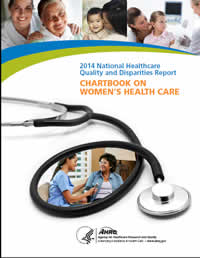
Medication-related problems, including adverse drug reactions, drug-to-drug interactions, drug disease interactions, polypharmacy and other complications, are common, but may be preventable outcomes of prescribing choices. These problems are particularly common among older adults who tend to be at higher risk for medication-associated complications.1
A recent release from the Agency for Healthcare Research and Quality (AHRQ) reports the  percentage of seniors who received potentially inappropriate prescription medications decreased from 3.3 percent in 2002 to 1.5 percent in 2012. About 2 percent of women and 1 percent of men were prescribed at least one of 11 medications that should be avoided in older adults in 2012.2 Click here to review the full report.
percentage of seniors who received potentially inappropriate prescription medications decreased from 3.3 percent in 2002 to 1.5 percent in 2012. About 2 percent of women and 1 percent of men were prescribed at least one of 11 medications that should be avoided in older adults in 2012.2 Click here to review the full report.
Although progress has been made, the prescribing of potentially inappropriate prescription medications continues to be a patient safety issue. The Great Plains QIN is partnering with providers, pharmacists and stakeholders in communities throughout our four states to improve medication safety and reduce adverse drug events. To learn more about our efforts and to become a partner, visit the Great Plains QIN website.
1AUA White Paper. The Beers Criteria for potentially inappropriate medication use in older adults. 2015.
2Agency for Healthcare Research and Quality, 2014 National Healthcare Quality and Disparities Report, Chartbook on Women’s Health Care.
